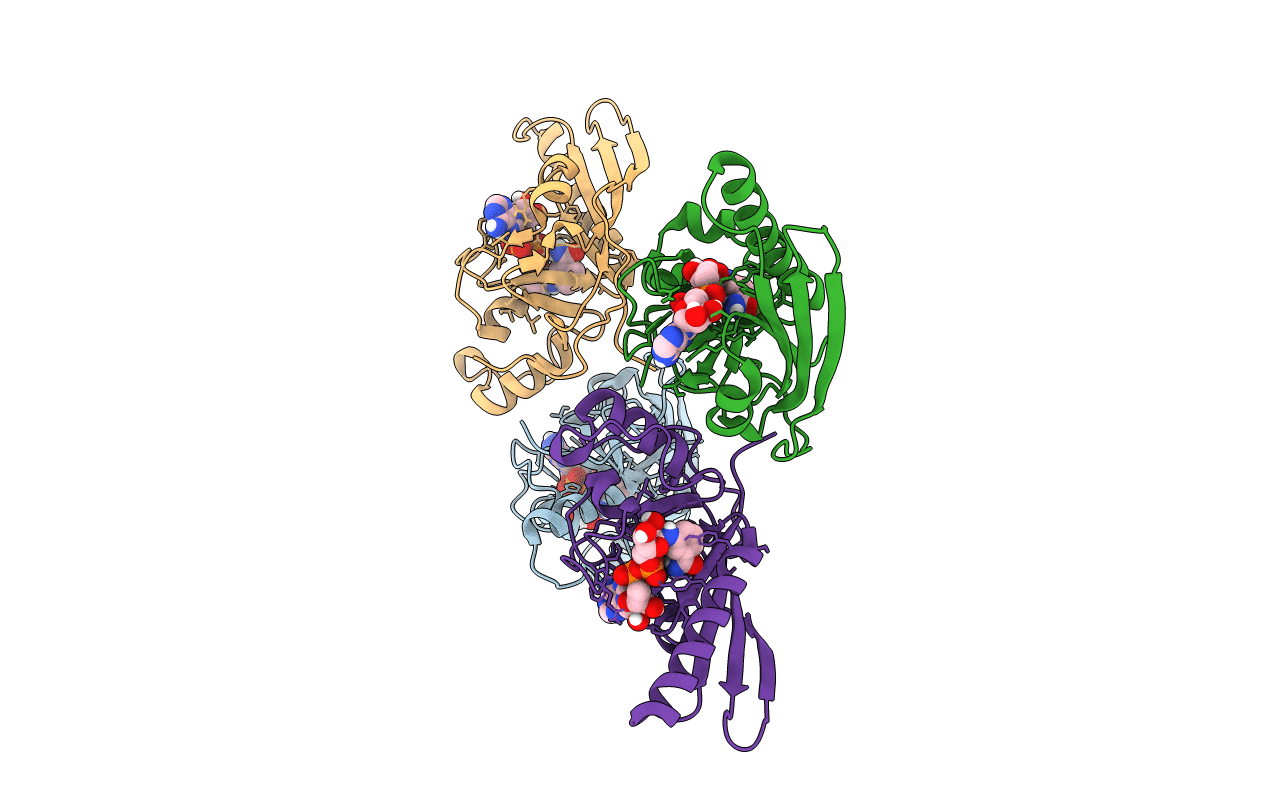
Deposition Date
2021-10-28
Release Date
2022-04-13
Last Version Date
2023-10-18
Entry Detail
Biological Source:
Source Organism:
Bordetella pertussis (Taxon ID: 520)
Host Organism:
Method Details:
Experimental Method:
Resolution:
1.00 Å
R-Value Free:
0.21
R-Value Work:
0.19
R-Value Observed:
0.19
Space Group:
P 1


